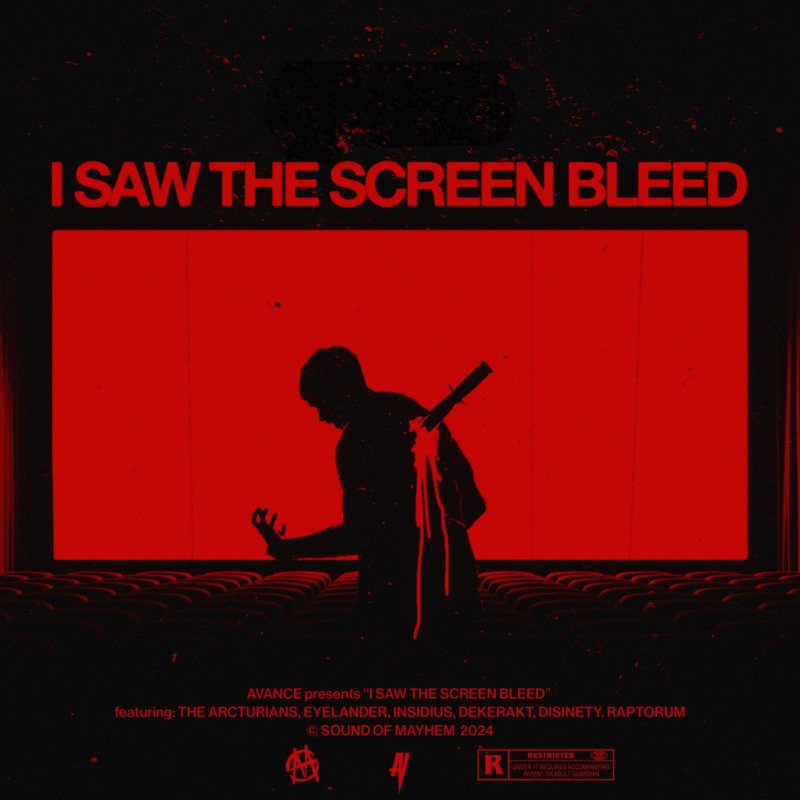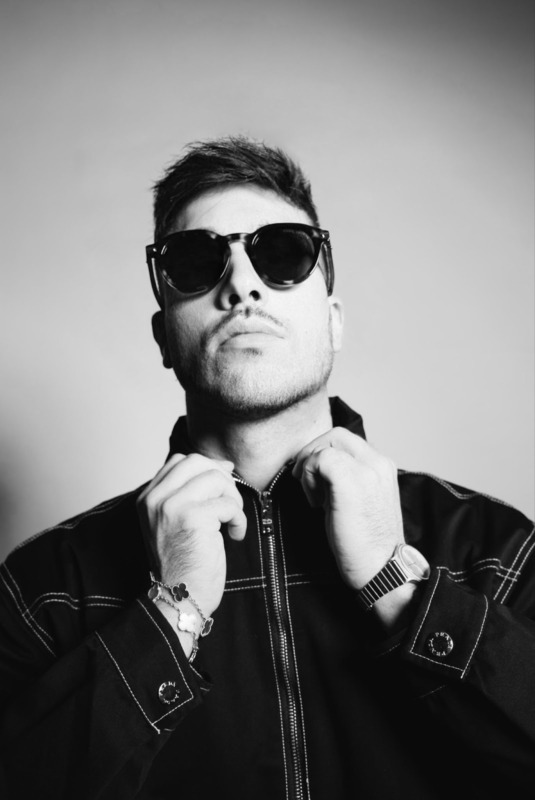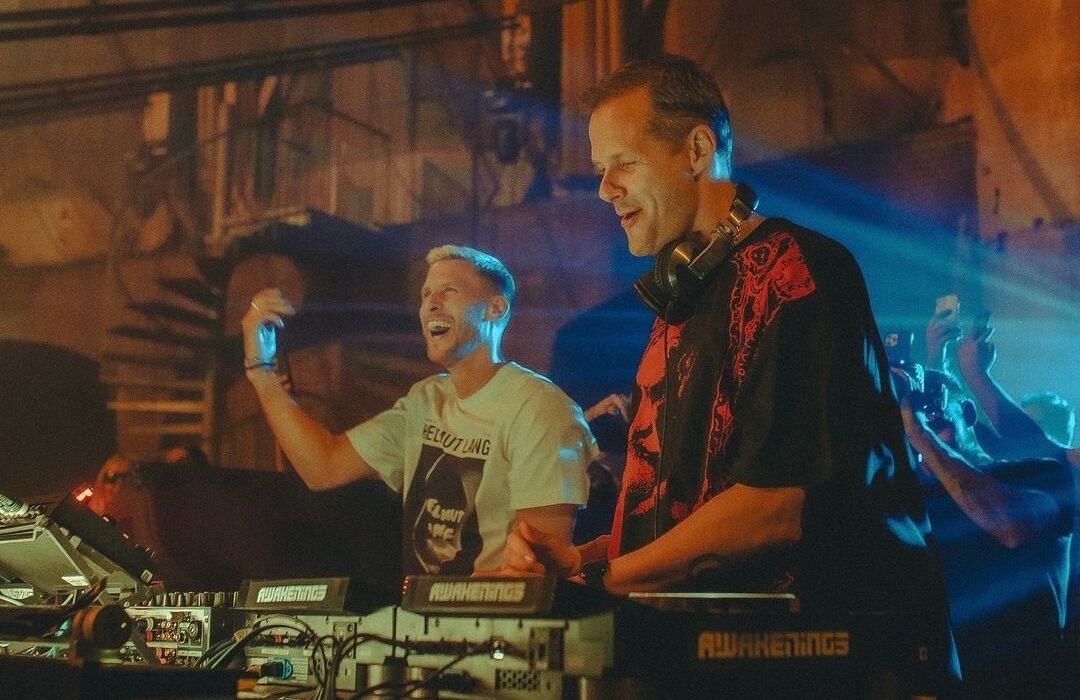At some point in their life, most dedicated anime and manga fans have said, "I'm going to move to Japan and become a mangaka!" But what exactly does being a mangaka mean? Literally speaking, it means "comic artist" or "cartoonist," but one veteran sought to delve deeper into what it truly means to create manga in an ever-changing society. Naoki Urasawa, creator of the hit series Monster, paired up with broadcasting company NHK in 2014 to film and interview various artists from a variety of manga genres as they worked on their current projects.
The TV show, called Naoki Urasawa's Manben, began with a "Season 0" that was only two episodes long. The very first episode of the series details how the still cameras will be set up so that they don't hinder the artists' drawing. Urasawa tests this out himself, working on a page of his manga to make sure everything looks just right from every angle, and uses the product to pitch the idea to his contemporaries. He also explains his reason for wanting to start the docu-series to begin with and the way he speaks about his craft comes from a place of love: "People read over it with such incredible speed, and that's what we want, but there's so much work put into it. If they could spend just a bit of time on that, then wouldn't they get even more fun out of reading manga?"
The very first artist Urasawa interviews is Kaiji Kawaguchi, a veteran in the industry who debuted in 1968. He and Urasawa discuss how, back in the early days, it was uncommon for a full-face view to be drawn straight on. The two go back and forth about how difficult it is to draw a nose from the front in a manga style that looks coherent. Since then, mangaka have found their own ways of drawing them and it seems like such a minor inconvenience, but the discussion allows the viewer to get a glimpse of what the common practices of the time were.
This is the format that the series follows for the next five seasons. Since its start, the show has shown viewers what working is like for some of the biggest names in the industry. Season 1 welcomed Princess Jellyfish creator Akiko Higashimura, who works in a fast-paced environment with several assistants. Asano Inio of Oyasumi, PunPun fame would also appear, speaking on how he combines his highly-detailed hand-drawn work with photography and digital drawing. Each season would feature four mangaka, some of whom had no problem appearing on TV, while others have a caricature placed over their face and the still cameras only focused on their hands.
One of the most famous guests to appear would be Junji Ito in Season 4. Unlike some of the other artists that are interviewed, Ito works alone -- mostly at a desk under a loft bed. Sometimes, he'll ask his neighbors to help him with the finishing touches if he's on a time crunch. He works on Layers of Fear, a story about a girl who regresses in age as layers of skin are removed from her body. It turns out that Ito also has the strange habit of sticking a kneaded eraser to his finger while working.
The last official episode for this iteration of Manben would air in 2017. However, this was not the end for the series as, in 2020, it would return under the new title Naoki Urasawa's Manben neo. The new series would run for nine episodes and feature the likes of the legendary Chiba Tetsuya (Ashita no Joe) and Mobile Suit Gundam animator-turned-mangaka Yasuhiko Yoshikazu. Unfortunately, there is no official way to watch the series outside of Japan -- it doesn't even appear on NHK World. Hopefully, in the future, the entire series will be officially available for all manga fans to enjoy and appreciate.
About The Author

